“A leopard never changes its spots” according to the Bible saying about the challenges that humans face in changing their innate natures. It is particularly relevant in the light of leopard conservation as the animal is now endangered in Africa. The expression also shows how important leopards were in ancient cultures.
Leopard fur was prized everywhere the animal prowled in the ancient world. Seshat, the Egyptian goddess of wisdom, was depicted clad in leopard skins. Dionysus, the Greek god of wine, was associated with the leopard together with his Roman successor Bacchus, who is often shown riding on a leopard. To the Zulus, the leopard represents nobility, power and strength, so it is not surprising that leopards appear frequently in Ardmore ceramic art from KwaZulu Natal. As well as leopard sculptures on vases and tureens, the Ardmore artists have portrayed Zulus wearing their pelts. There is now a movement in South Africa encouraging faux fur for ceremonial occasions to save the leopard population.
The Pard
Leopards were originally believed to be the offspring of a lion (Leo) and a pard, a terrifying mythological big cat with a lust for blood. In Pliny the Elder’s Natural History, lascivious male pards are described mating with lionesses in Africa where hideous hybrids are born. Illustrators of medieval manuscripts struggled to depict these fearsome creatures from contradictory descriptions but generally they are covered in spots. Over the centuries, pards acquired a demonic reputation and were linked with the devil. It was not until the mid-18th century that biologists understood that leopards are not a hybrid species.
King of the Jungle
According to African tradition and folklore it is the leopard, not the lion, who is the king of the jungle and is revered as a symbol of cunning, agility and ferocity. The leopard is smarter than the lion and is a more skillful hunter, which is why chiefs wear their pelts in tribute. Their spotted patterns help to conceal them as they hunt in their natural environment. Sally Tuffin, a fashion designer turned ceramic artist, has played with the leopard’s camouflage pattern for a Dennis Chinaworks vase. Leopards are often confused with cheetahs, but the most obvious difference is their spots. Cheetahs have solid black spots and tear lines from their eyes, whereas the leopards have more complex two-toned spots called rosettes.
Clearly the Ardmore artists have used artistic license when decorating their ceramic sculptures of the big cats as many have a mixture of spots and rosettes on their coats. Leopards have inspired some of the most popular Ardmore fabric designs, which have been made into tablecloths, napkins and pillows. Ardmore’s Leopard Walk wall-paper design is made in several different colors by Cole & Sons. A regal leopard is also the star of the Zambezi sofa which can be seen at WMODA.
Purrfect Print
Leopard print has been worn by everyone from royalty to rock stars and has been regarded as luxurious and sophisticated as well as flashy and trashy. The vogue for leopard print began in the 1920s with the rise of mass-produced fashions inspired by glamorous movie stars, such as Bette Davis and Dolores Del Rio. Flappers wore the print to flaunt their wild, feline grace. Leopards and cheetahs were among the exotic pets favored by celebrities of the day. Josephine Baker owned a pet cheetah called Chiquita which wore a diamond collar. Many European porcelain designers portrayed the fashionable leopards during the Art Deco period, including Rosenthal, Hutschenreuther and Royal Doulton.
Go Wild
In the post war years, New Look fashion designer Christian Dior warned “If you are fair and sweet, don’t wear it” as the leopard pattern became fashionable for bikinis and sexy lingerie in the 1950s. The black icon, Eartha Kitt, popularized leopard print when she became famous as the villainous vixen Catwoman in the 1960s. The anti-fur movement in the 1970s diminished its popularity, but faux fur prints became a powerful symbol among the stars of glam rock and punk. The demand for animal prints is still strong today judging by the popularity of the Go Wild collection of porcelain mugs sold at the WMODA shop.
Leopards can be enjoyed in many forms at WMODA as Bacchanalian symbols in our Fantastique exhibit, as celebrity pets in the Art Deco era, and in our fabulous collection of Ardmore Ceramic Art. Read more about the work of the Ardmore studio in the book Ardmore We are because of others, which is available in the museum shop.
Read more...

Fraureuth Bacchus Riding a Leopard

Egyptian Mosaic of Seshat with Leopard Skin
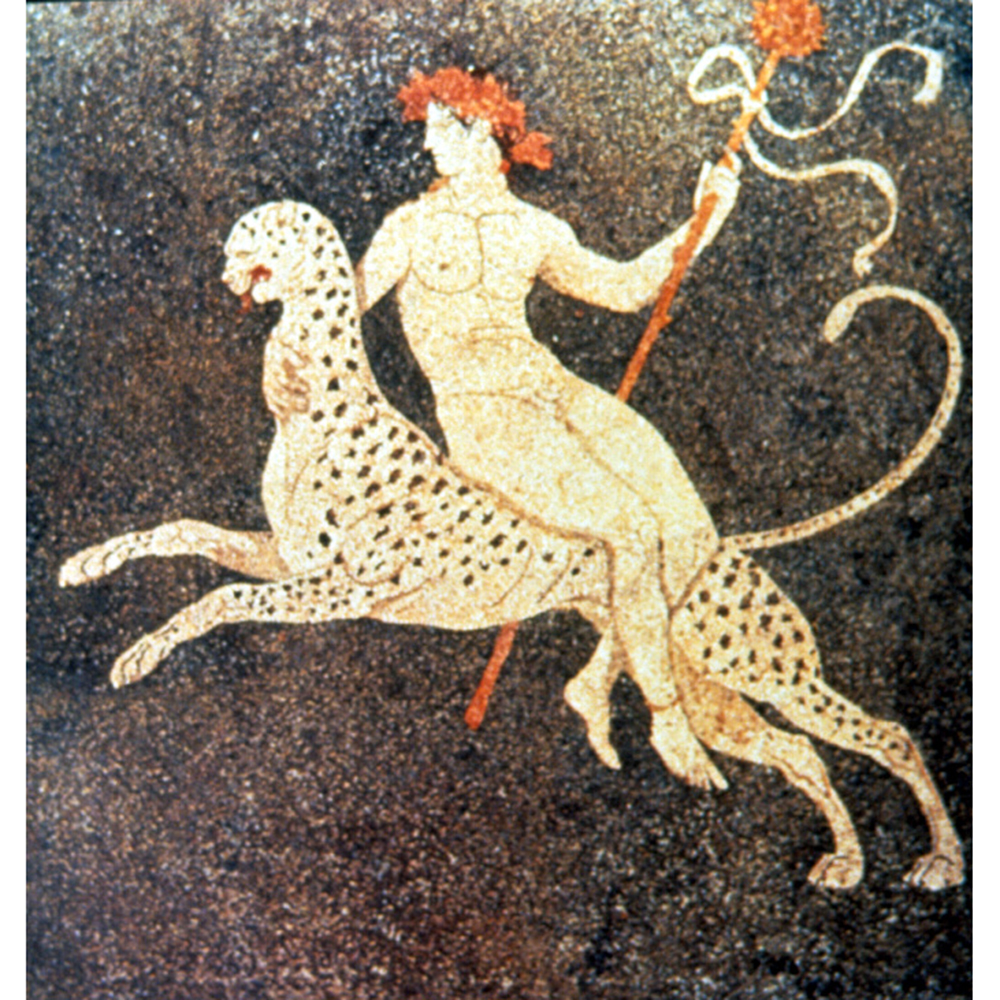
Greek Dionysus with Leopard
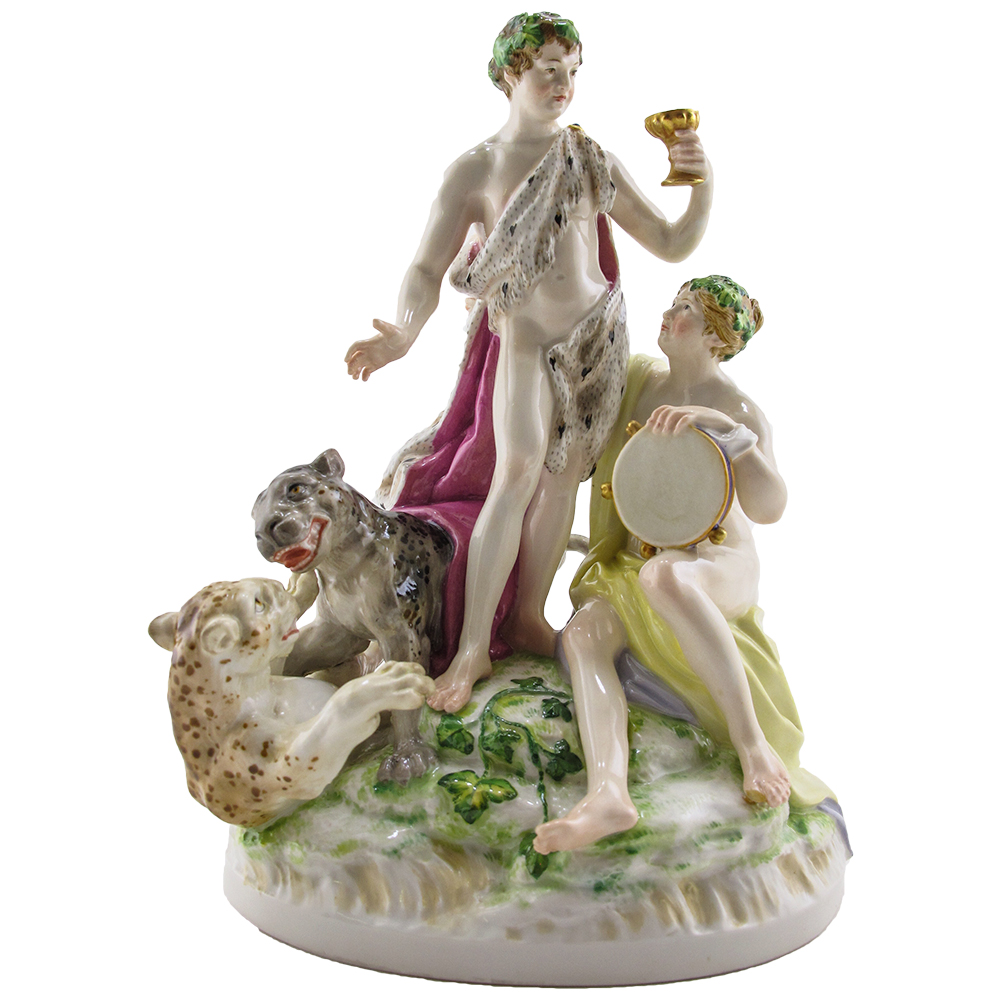
KPM Bacchus with Leopards
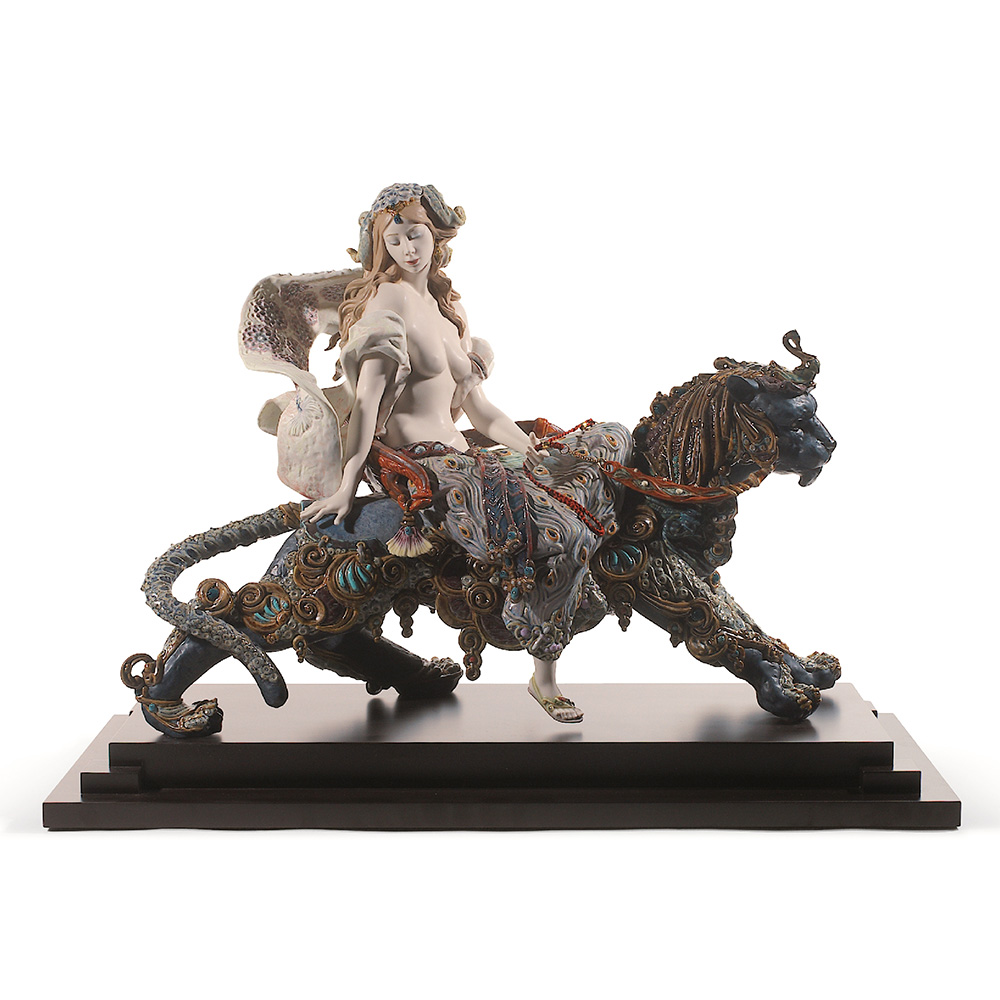
Lladró Bacchante on a Panther by F. Polope
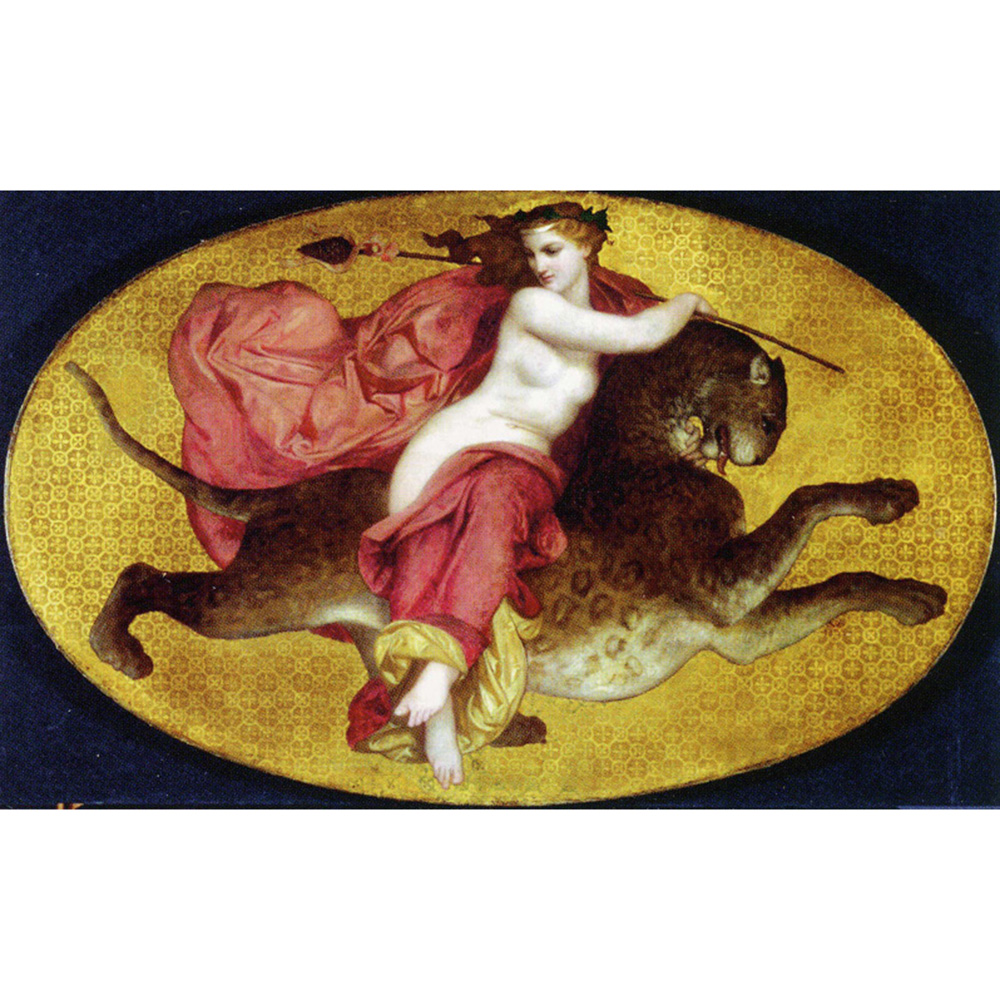
Bacchante on Panther by W.A. Bouguereau
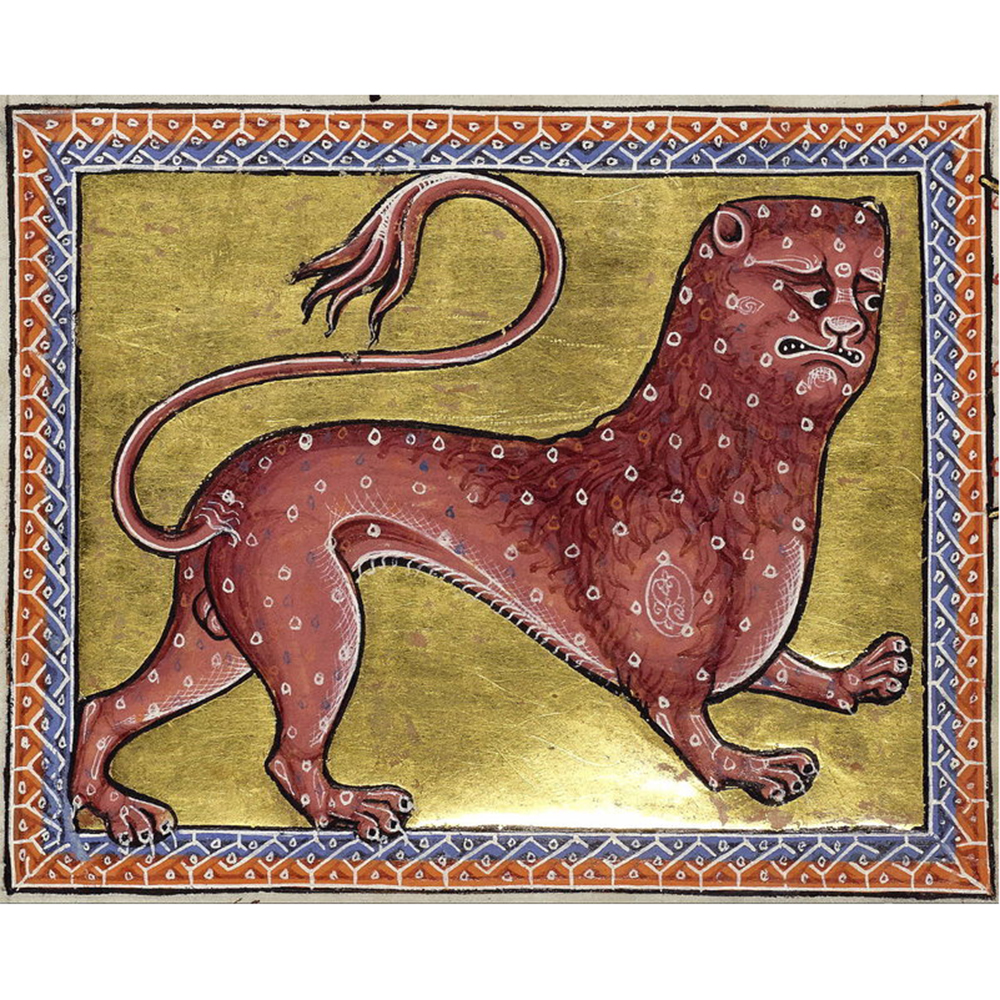
A Pard

A Pard
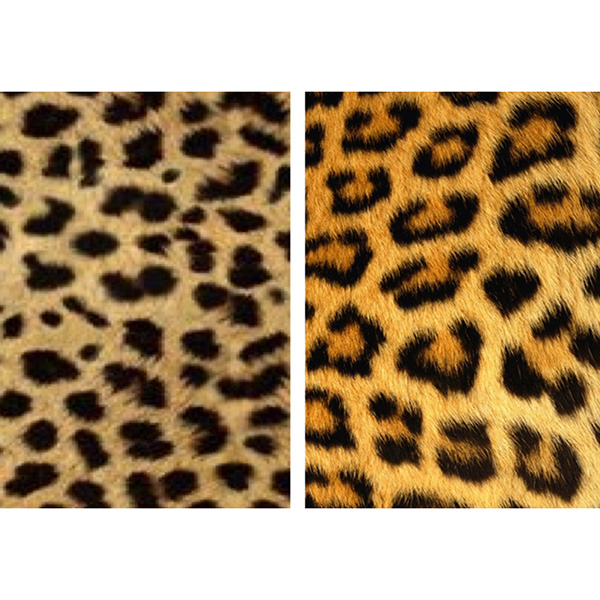
Cheetah & Leopard prints

Dennis Chinaworks Leopard Vase by S. Tuffin
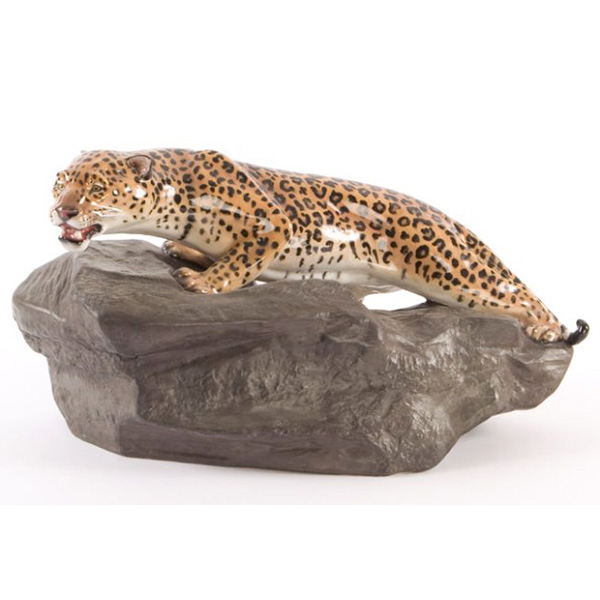
Royal Doulton Leopard on Rock
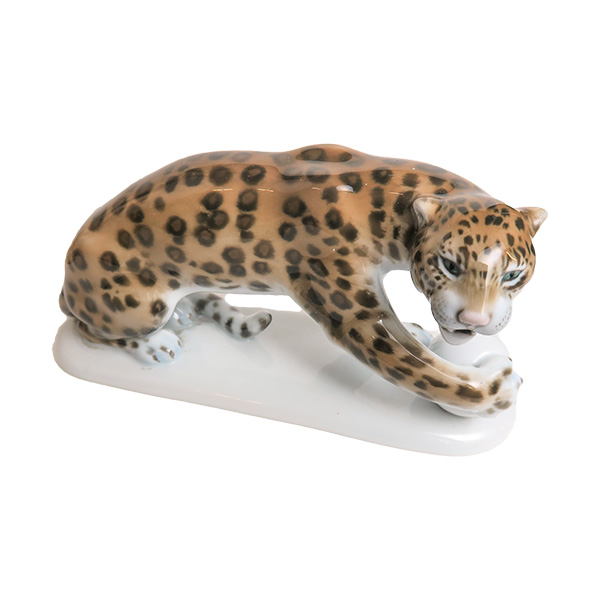
Rosenthal Leopard
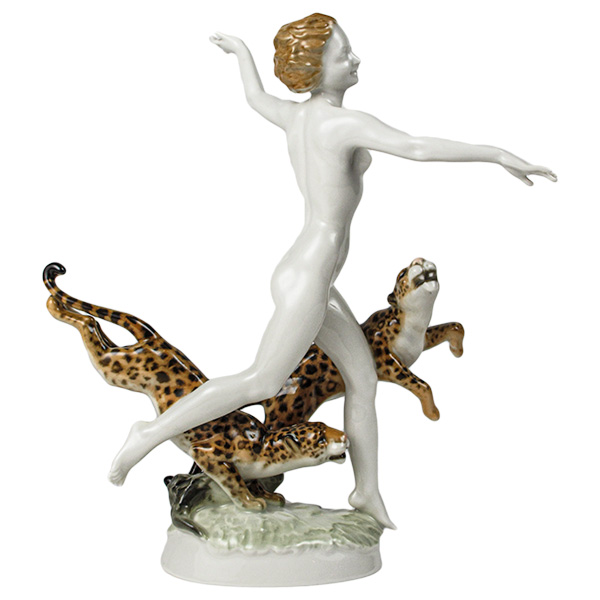
Hutschenreuther Leopard Dancer
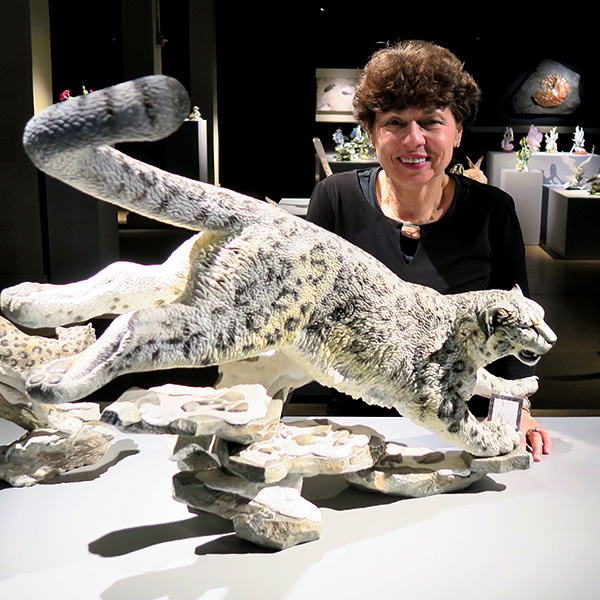
Gwendolyn Reasoner with Connoisseur Leopard

Ardmore Leopards and Leaf Lidded Vase

Ardmore Zulu Family

Ardmore Leopards Jars
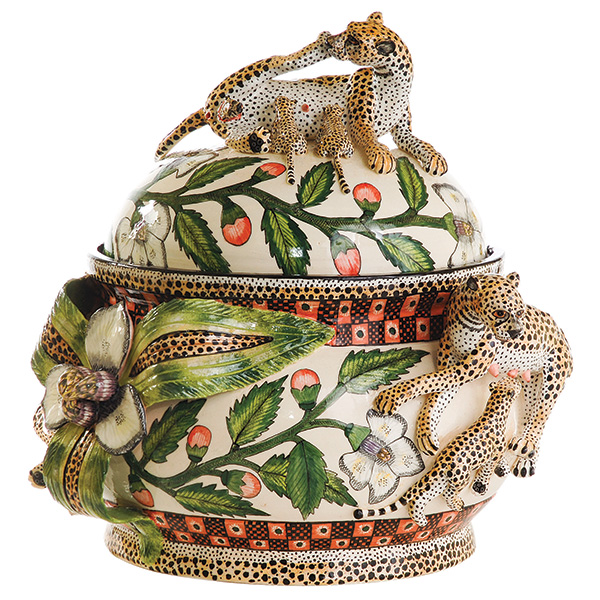
Ardmore Leopard Mother Feeding Cubs Tureen
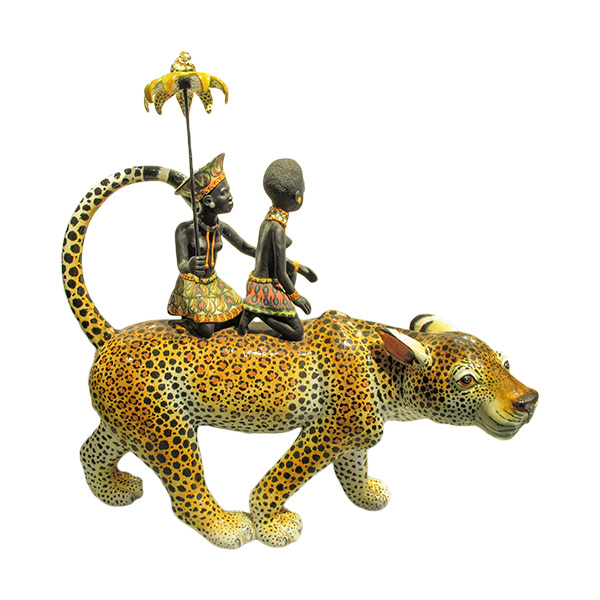
Ardmore Leopard Travelers
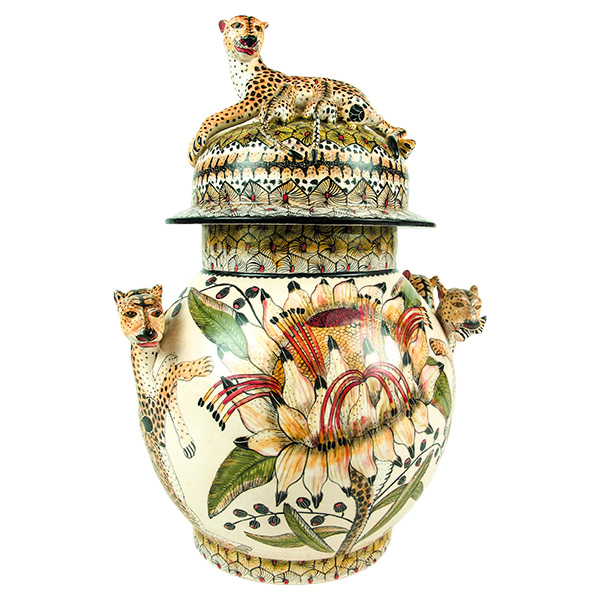
Ardmore Leopard Family Lidded Vase

Ardmore Roaring Leopards Vase

Ardmore Roaring Leopards Vase

Ardmore Leopards Candlestick

Ardmore Leopards Candlesticks

Ardmore Leopard Traveler
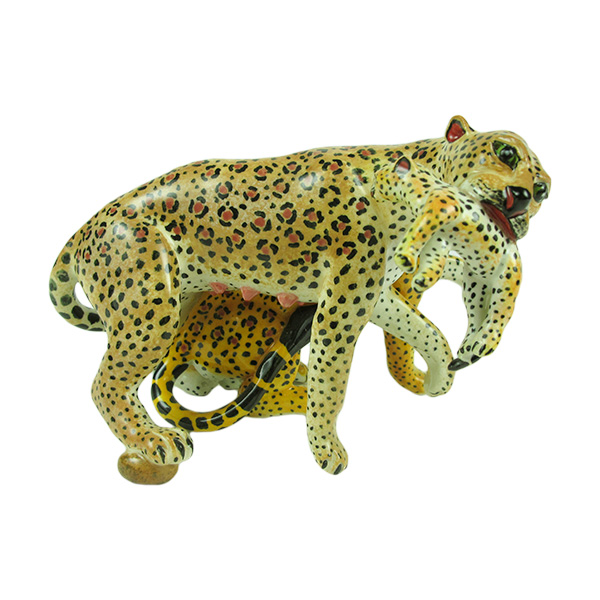
Ardmore Leopard Family

Ardmore Leopards Vase

Ardmore Leopards Centerpiece

Ardmore Leopard
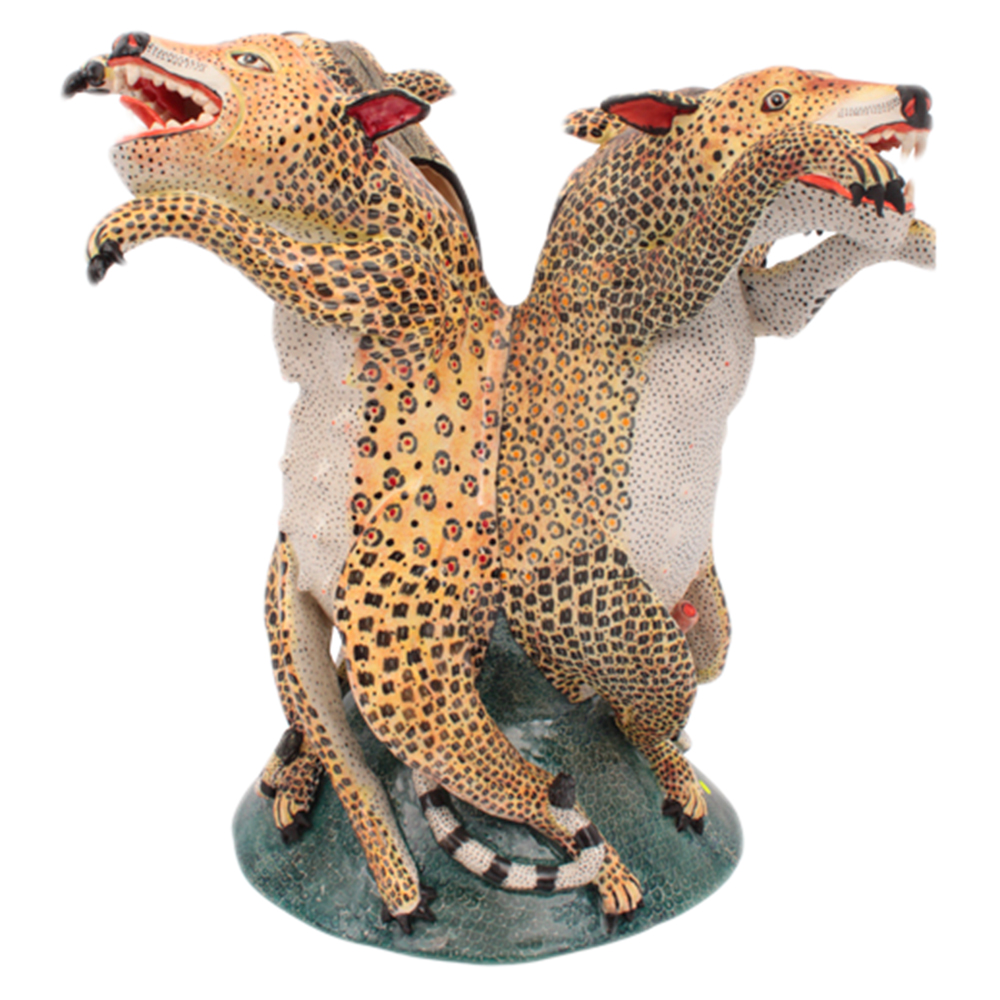
Ardmore Roaring Leopards
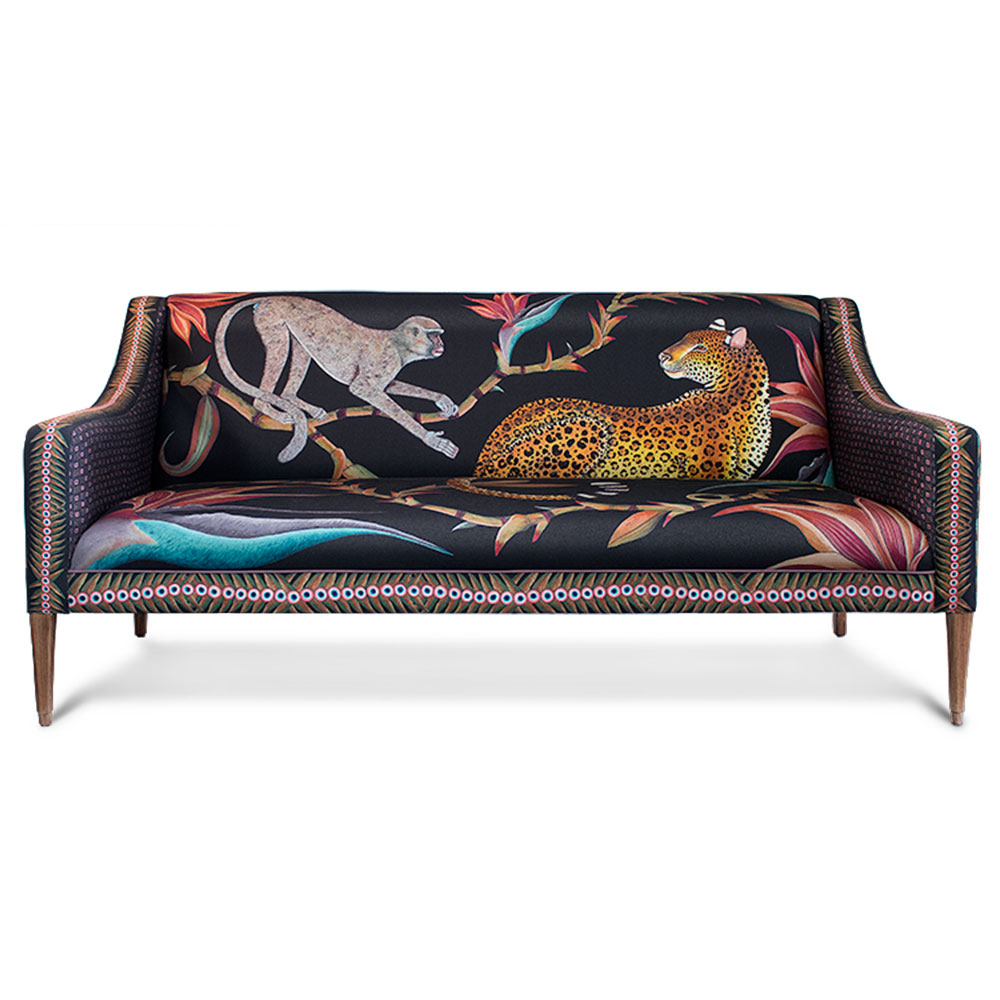
Ardmore Zambezi Sofa

Ardmore Leopard Napkin

Ardmore Leopard Napkin

Ardmore Leopard Pillow
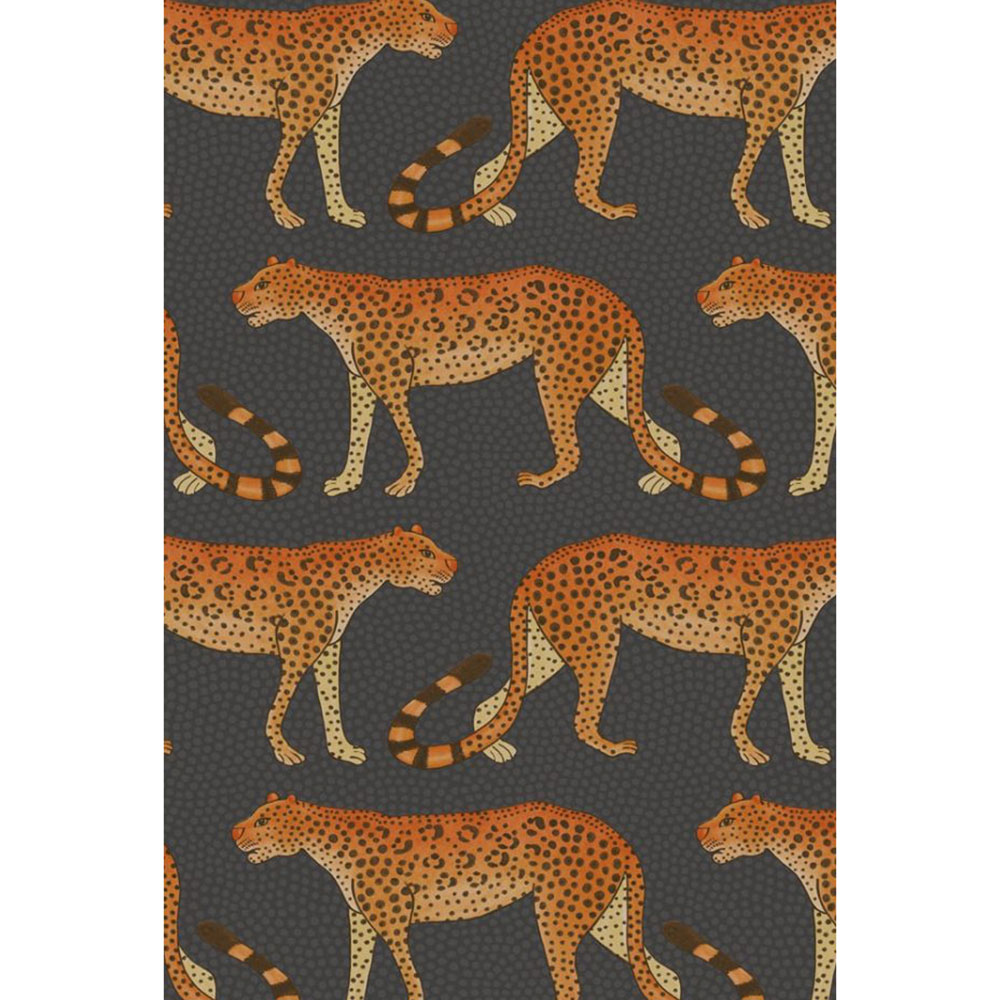
Ardmore Leopard Walk Wallpaper
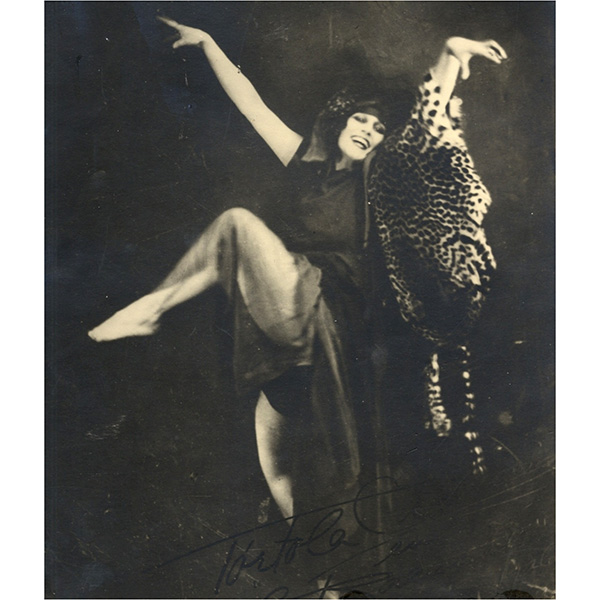
Tortola Valencia

Queen Elizabeth
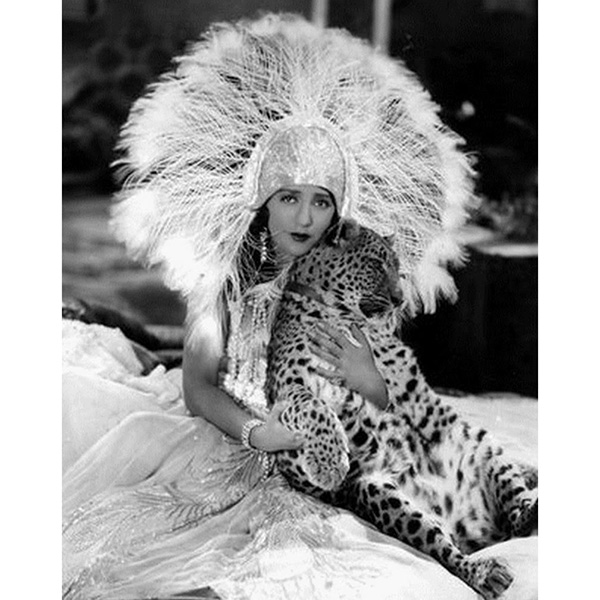
Lisa Papineau
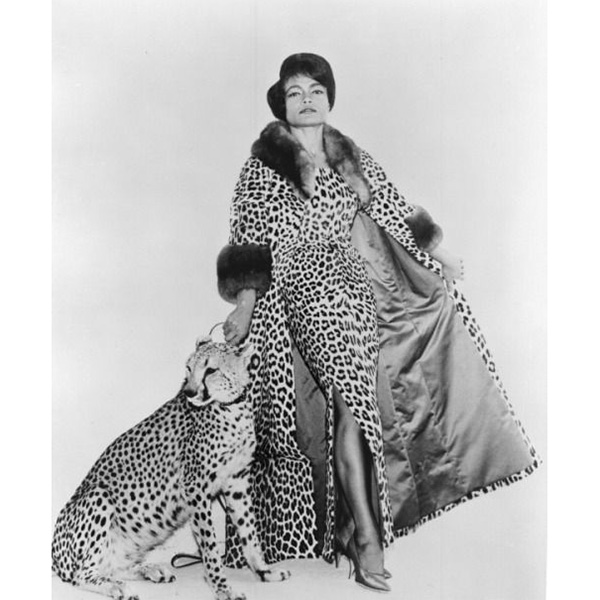
Eartha Kitt
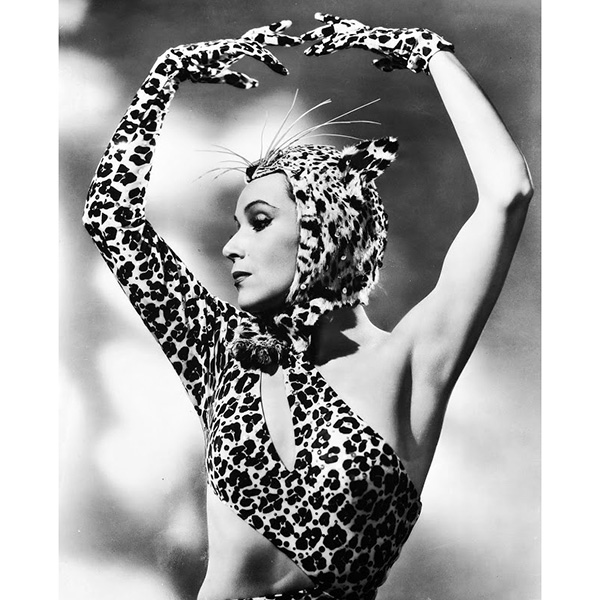
Dolores Del Rio

Josephine Baker
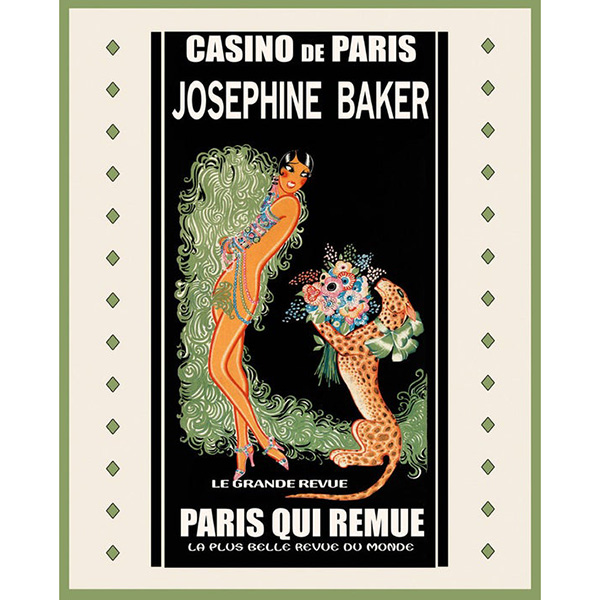
Casino de Paris Josephine & Cheetah

Royal Doulton Charlotte
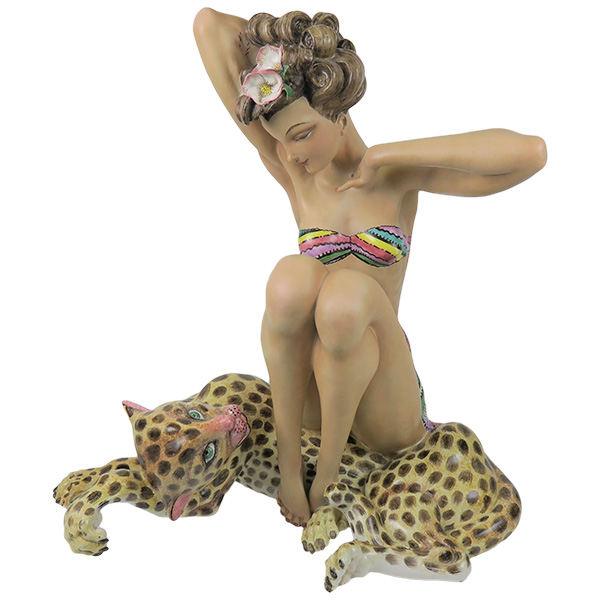
Capodimonte by T. Galli

Bette Davis

McIntosh Go Wild Mugs
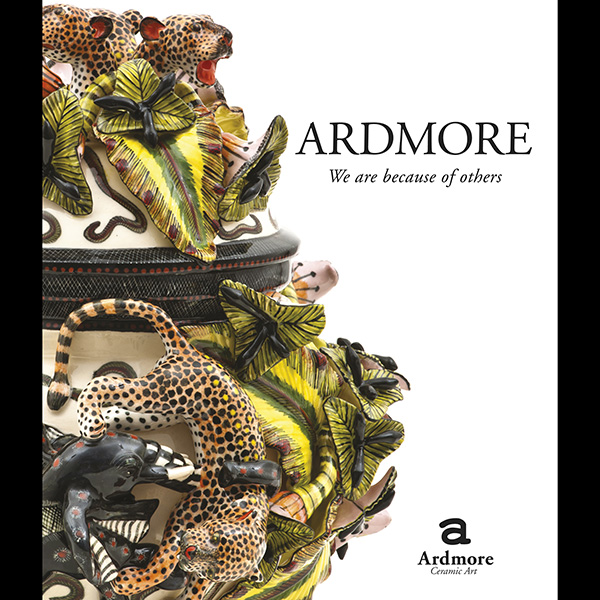
Ardmore Book
